15 Cooking and Eating Tips If You Have Diabetes
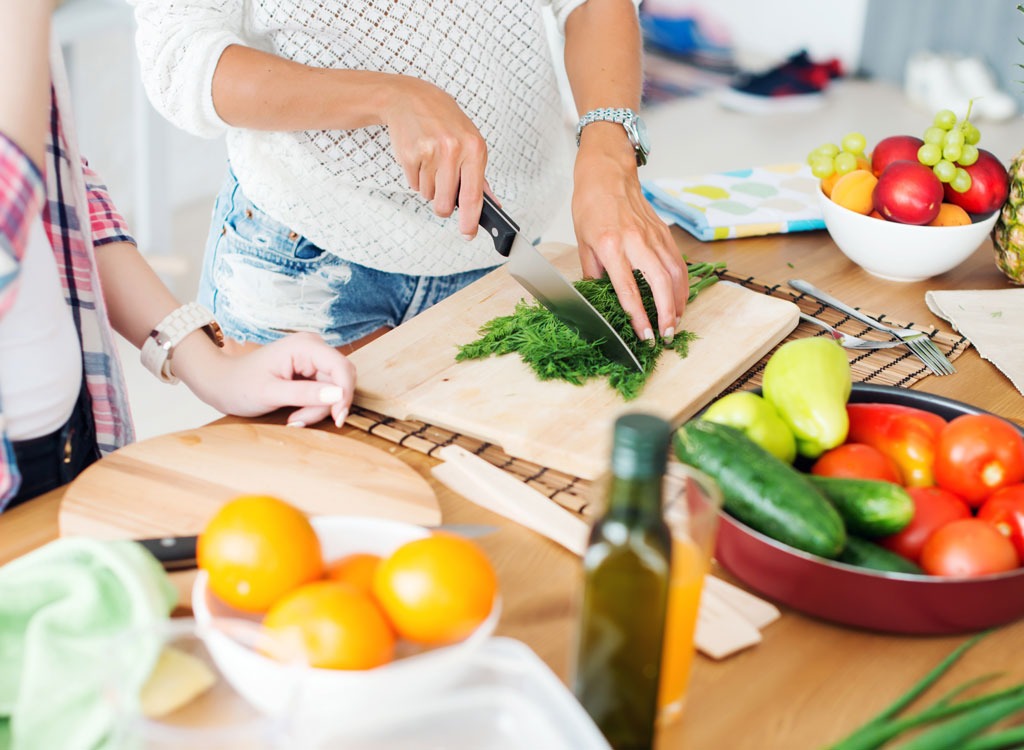
For most of us, dialing back on sugar and simple carbs is an effective way to fast-track the weight loss process. However, for those living with diabetes, adhering to this diet strategy can be a matter of life and death.
Diabetics are two to four times more likely than people without diabetes to die of heart disease or experience a life-threatening stroke, according to the American Heart Association. And for those who don’t properly control their condition, the odds of health issues—which range from cardiovascular trouble to nerve damage and kidney disease—increases exponentially.
Though the consequences of veering off track from a diabetes-friendly diet can be downright terrifying, that doesn’t mean you have to adhere to a bland, boring diet. In fact, this common misconception is the reason Lori Zanini, RD, CDE, penned the forthcoming Eat What You Love Diabetes Cookbook, which devotes all of it’s 200+ pages to the art of eating your cake and having it, too.
“After working with thousands of diabetic individuals over the years, I noticed that many asked me the same question at their first appointment. ‘Can I still eat my favorite foods?’ And the answer from me was always ‘Yes!’ It’s the portion sizes and frequency that makes the most difference, in addition to how the food is prepared,” Zanini tells us, adding, “After years of working one on one with newly diagnosed diabetics, I knew there was a need for this book. It makes controlling your blood sugar simple.”
Zanini’s book will hit stands November 1st, but we couldn’t wait to share some of her amazing tips that will totally change living with diabetes as you know it! Read on to get in the know and while you’ve got your condition in the forefront of your mind, don’t miss these 30 Easy Ways to Stop Eating So Much Sugar for additional ways to keep your blood sugar under control.
Substitute Your Starches
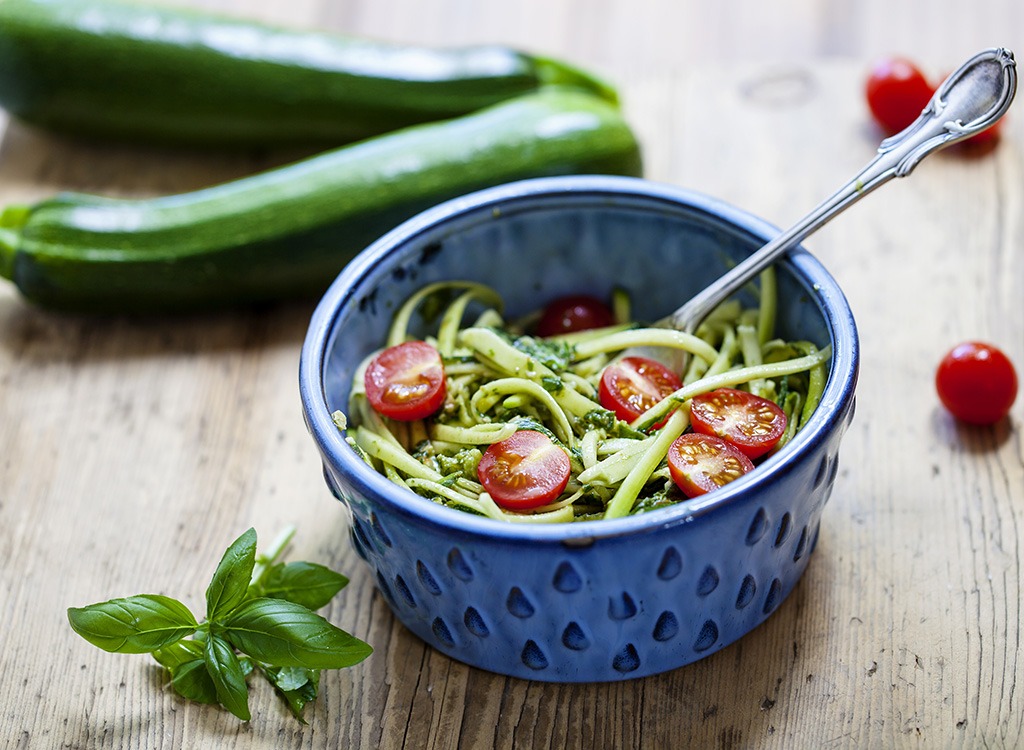
If you love fried rice, spaghetti and meatballs, and other starchy dishes, swapping in veggies for grains should be your go-to move. “Cauliflower rice, zucchini noodles, and spaghetti squash are all easy and delicious ways to lower the amount of carbohydrates in some of your favorite dishes,” says Zanini. Not sure how to make these veggie-centric dishes? Check out these 21 Mouthwatering Spiralizer Recipes or pick up a copy of Zanini’s cookbook (link to purchase is above), which has recipes for each of these low carb options.
Focus on Adding Flavor
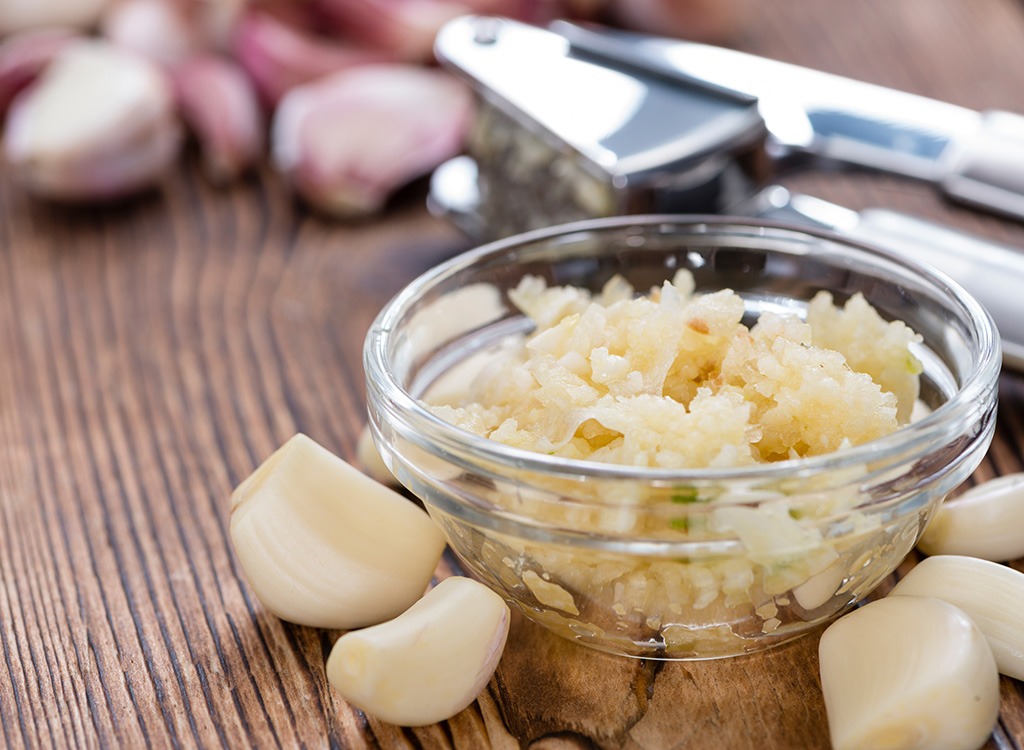
Despite what you may think, nixing sugar or salt doesn’t have to be synonymous with bland, cardboard-like dishes. “So often, we think about what we can’t eat when we start cutting out sugar. Instead, focus on ways to add more flavor to the foods you are eating,” suggests Zanini. “There are so many great ways to add flavor without adding sugar or salt. Try fresh herbs, freshly squeezed lemon or lime, ginger, garlic, or spice things up with jalapeño or cayenne pepper.”
Did You Know?!
When most people hear the word “diabetes,” they typically think about things like carbs and sugar. But salt plays a role in diabetes health, too. Dialing back on salt can help lower your blood pressure, and in turn, your risk for heart attack or stroke, two diseases commonly associated with diabetes. In addition to veering away from high-sodium fare, you’ll also want to nix these 30 Foods That Can Cause Heart Disease from your daily diet.
Prioritize Protein
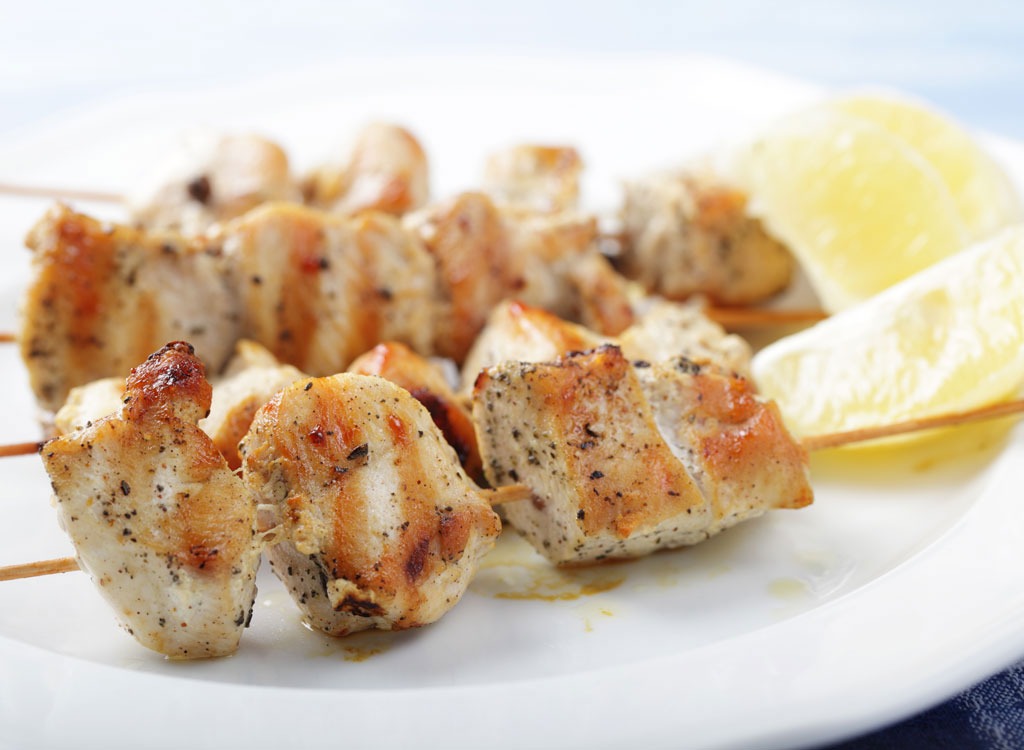
Since eating protein helps stabilize blood sugar and keeps us full longer, Zanini stresses the importance of adding a lean protein to every meal. Some of the best sources include beans, hummus, nuts, wild salmon, Albacore tuna, chicken, turkey, flank steak, and pork tenderloin, according to the American Diabetes Association. Remember: While fish, meat, and poultry don’t contain carbs or raise blood glucose levels, that’s not the case with plant-based proteins like beans and hummus, so be sure to read labels carefully before digging in!
Fill Up on Non-Starchy Veggies
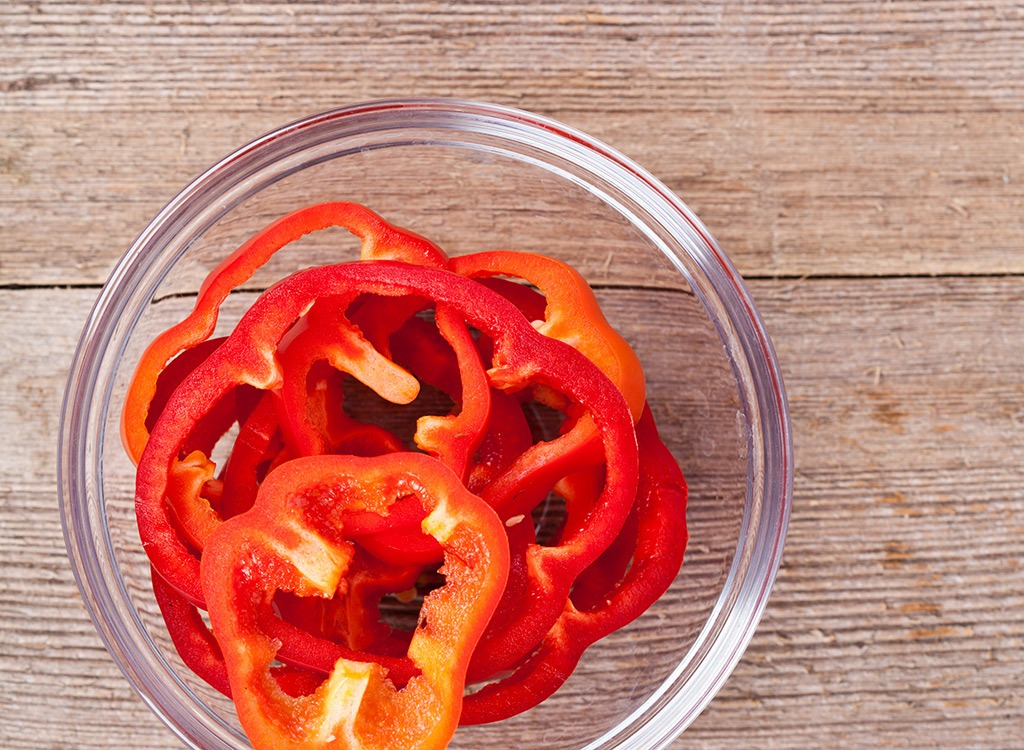
Think your new diet will leave your tummy rumbling? Think again. To keep hunger at bay, Zanini suggests building meals and snacks around non-starchy vegetables like leafy greens, bell peppers, cucumbers, radishes, and green beans. “These are nutrient dense foods that can be very filling without adding many calories,” Zanini explains. For some veggie-centric recipe inspo, don’t miss these 30 Salad Recipes for Weight Loss!
Measure Your Plate
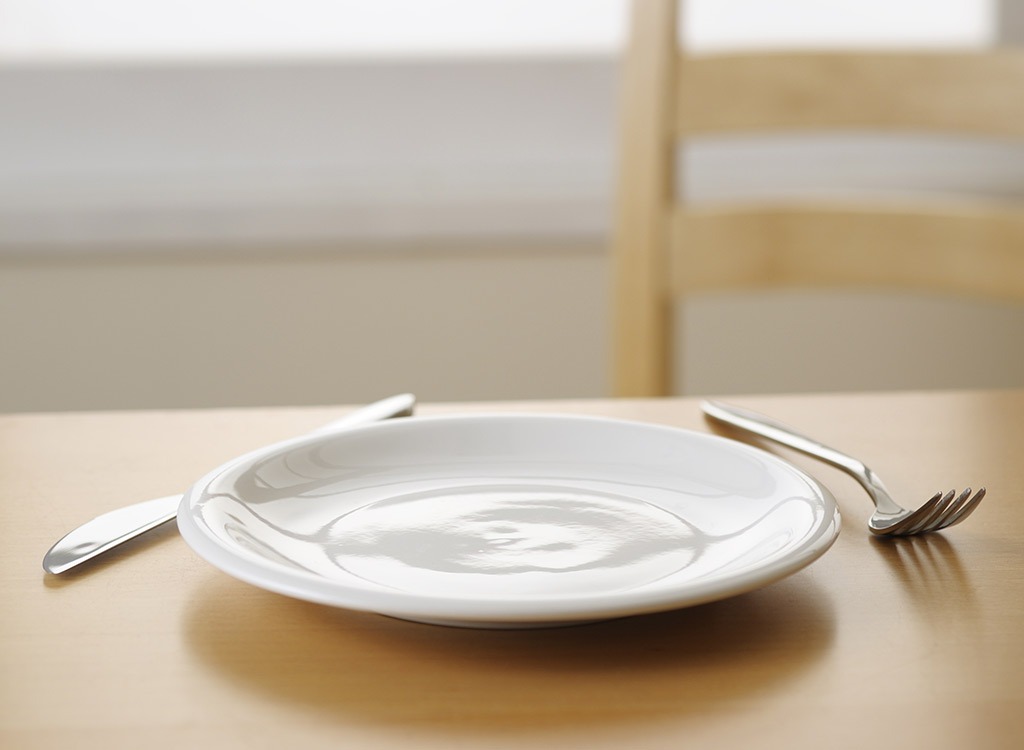
While there are many reasons for our nation’s ever-expanding collective waistline, our gigantic dinnerware is definitely playing a role. “Ensuring you have the standard 9-inch dinner plate will help make it easier for you to eat well at home,” Zanini tells us. “If our plates are too large, we tend to serve ourselves portions that are too large as well.” Losing as little as 5 pounds can help control diabetes, so shedding some excess pounds should be among your chief health goals—and this is a super easy way to get the ball rolling. After you’ve traded in your plates for smaller ones, try incorporating some of these 50 Best-Ever Weight Loss Tips, too!
Keep Snacks On Hand
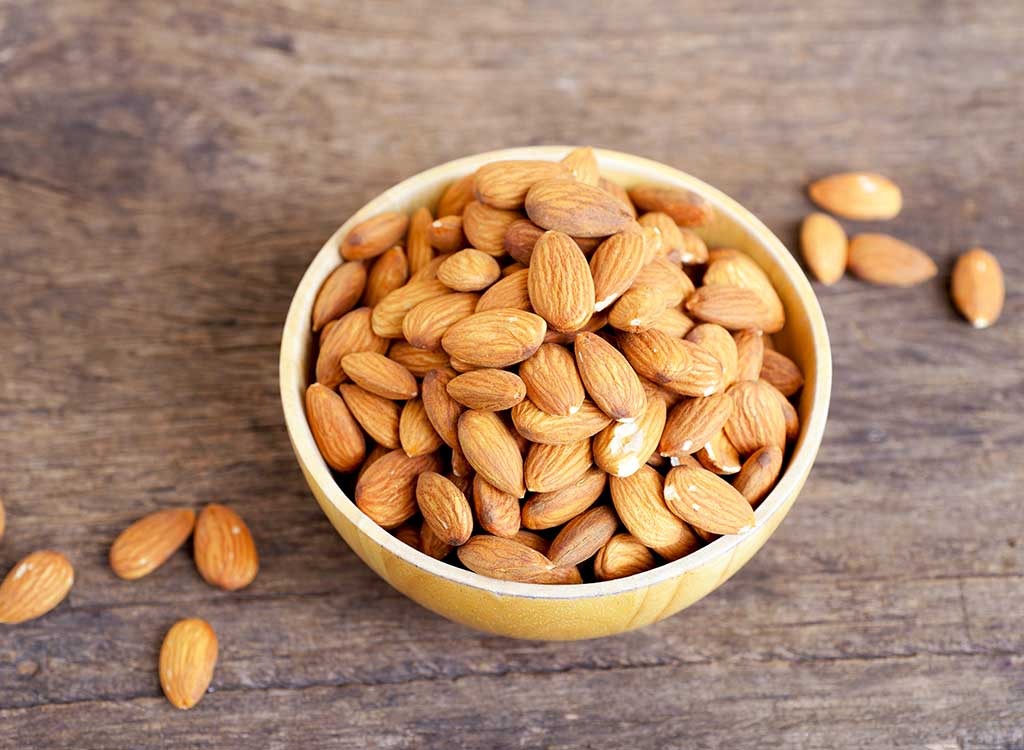
When you have diabetes, snacks are more than just tasty treats. They’re tools used to aid weight loss and ward off low blood sugar levels. “Always have something with you that can hold you over until your next meal. It will come in handy for those times when you’re stuck in traffic or when your meeting runs late,” says Zanini. “If it’s been more than four or five hours since your last meal, combine a protein with a carb, such as 1/4 cup almonds with a small apple or a tablespoon of almond butter on a slice of whole wheat bread.”
Eat Regularly

If you’re trying to slim down in an attempt to improve your condition, you may be tempted to skip meals. Don’t do that! “Be mindful to not skip meals and try to eat a balanced meal every four to five hours throughout the day,” suggests Zanini, explaining, “This will help keep your blood sugars steady throughout the day, give you more energy, and if you’re on medication or insulin, eating regularly will help these aids be more effective.”
Rethink Your Drink

We know that we promised you a plethora of tips that would allow you to eat whatever you want and still control your diabetes, but there’s one thing you shouldn’t ever keep in your diet whether you’re diabetic or not, and that’s soda and other sugary drinks. “It’s best to choose unsweetened drinks when you are managing your blood sugar. Watch out for your morning coffee drinks with added sweeteners, fruit juices, and even sports drinks,” cautions Zanini.
Know Sugar’s Aliases

When you’re trying to avoid the sweet stuff, it’s important to read labels and be familiar with all of sugar’s aliases. There are over 56 different names for added sugar including high fructose corn syrup, dried cane syrup, molasses, agave, brown rice syrup, maple syrup, and sucrose. A good rule of thumb is to avoid anything ending in “ose” or “syrup.” “These all add additional carbohydrates to your meals,” notes Zanini.
Stay Hydrated

Staying adequately hydrated can help keep blood sugar levels normal, which is why Zanini suggests always keeping water by your side. Staying hydrated can also help ward off excess munching and aid weight loss efforts by boosting feelings of satiety. If you hate the taste of plain water, consider whipping up a batch of fruit-filled detox water.
Be Portion Savvy
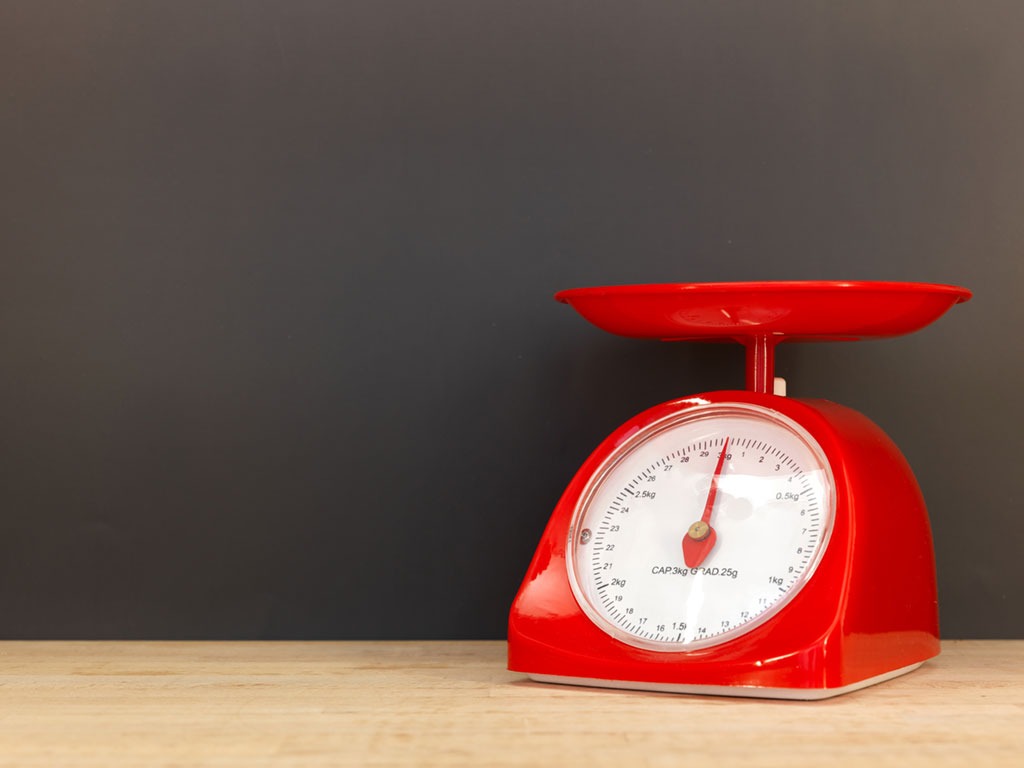
“Knowing how much you are eating may seem like common sense, but we often eat more than we realize,” says Zanini. “For a week, measure out your portions and see what it looks like on your plate at home. You might be surprised, and you will be better prepared to make the better decisions in the future.”
Cook Foods Strategically

“Roasting, baking, grilling, and steaming are all the preferred ways to cook your foods since this will not require much, if any, added fat. Plus, these cooking methods help enhance the natural flavors of food,” Zanini tells us. Why does the amount of fat in your food matter? Some fats like those found in poultry skin, lard, margarine, and shortening can raise blood cholesterol, increasing your risk for heart attack or stroke, two conditions that diabetics have an increased risk of developing. But just to be clear, not all fats are off limits. Monounsaturated fats, which are the kinds found in avocados, almonds, cashews, olive oil, peanut butter, and peanut oil, can actually help lower your cholesterol levels. A bit confused about all the different types of dietary fats? Our guide Your Definitive Guide to All the Tyles of Fat in Food can help!
Meal Prep
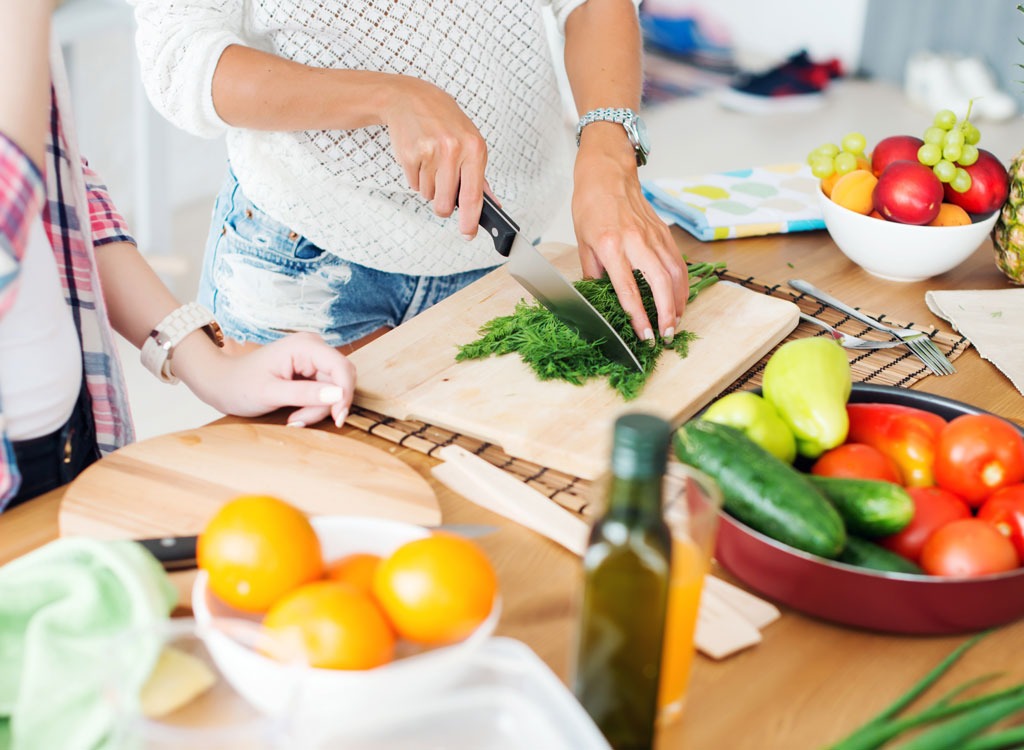
“Planning what you will eat in advance helps everyone adhere to a healthier diet. But when you have diabetes, it is especially important to map out your food—especially the carbohydrates you will be eating, so that your medicine and insulin will work optimally,” says Zanini. At the beginning of each week, sit down with a list of approved foods and whip up a few batches of carb-, protein-, and veggie-based dishes to ensure you have plenty of healthy options available the second hunger strikes. Never meal prepped before? Fear not! Our exclusive report, 25 Ways to Cook Once and Eat for a Week can help.
Use Short-Cuts
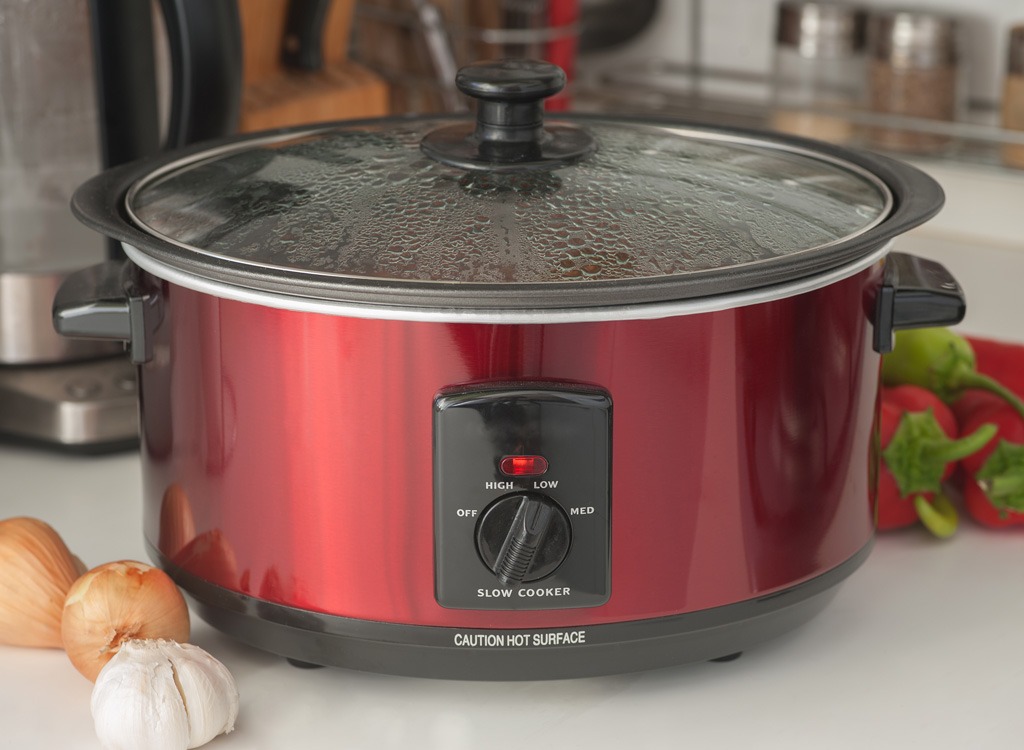
Despite conventional wisdom, it’s not mandatory to slave over a stove for hours to get a healthy, home-cooked meal on the table. To save time in the kitchen, Zanini suggests buying frozen or pre-washed and sliced produce and investing in a slow cooker, a large electric pot that cooks everything from stews and oatmeals to entrees and sides super slowly—and safely—while you’re sleeping or away at work. These 35 Healthy Crock Pot Recipes take “set in and forget it” to whole new level of deliciousness!
Stock Your Freezer

“I love to encourage my clients to stock healthy meals in the freezer. This way, if they come home and are too tired to cook or happen to be out of groceries, they always have a homemade meal ready to go,” says Zanini. These 20 Healthy Freezer Meals to Lose Weight are the perfect jump-off points for some culinary inspiration.